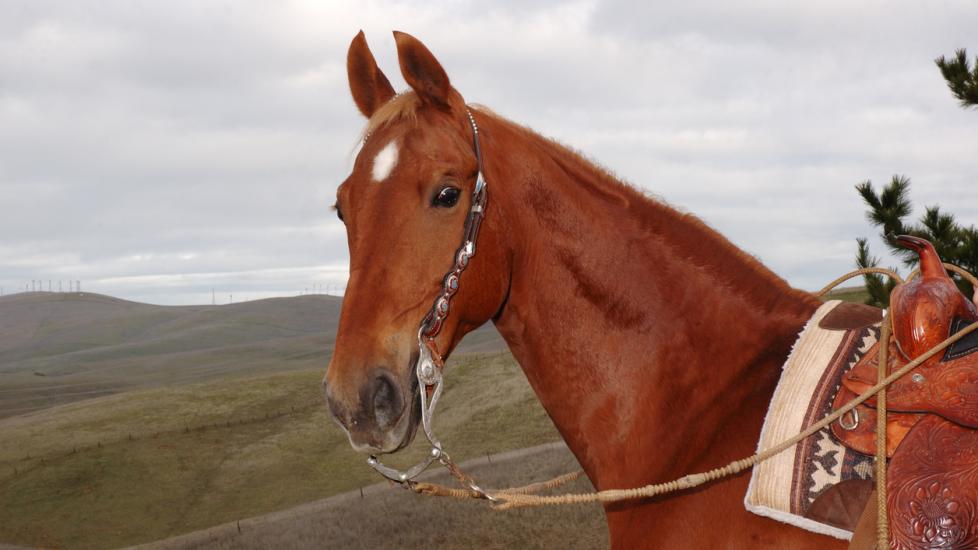American Saddlebred
Reviewed for accuracy September 21, 2022.
The American Saddlebred, or “the horse America made,” is the world’s most beautiful horse, at least according to its admirers. So named on account of its great suitability for riding, the breed is also famous because of its high-stepping gait and cordial nature. An ideal driving and leisure riding horse, the American Saddlebred has even been used as a cow, parade, and plantation horse, as well as an army officer's charger.
Physical Characteristics
The American Saddlebred owes its wonderful characteristics to its ancestors. It inherited its distinctive, effortless gait from the Narragansett Pacer, and its agility and speed from the Trotters. From the Morgans and the Canadian breeds, the American Saddlebred received its athleticism and endurance. The result is an all-around capable horse that matches beauty with function.
The American Saddlebred has a densely muscled body and good-sized feet, well-proportioned to the rest of its body. Its legs show flat and straight bones, while its back is typically short and muscular. The horse's hips are very strong with a high and level croup (or loin). Its tail is fluid, set high, and carried straight.
An American Saddlebred's eyes are large, luminous, and set far apart from one another. It's ears, in contrast, are set close together. The neck is long and sloping, smoothly blending on to the head. Its shoulders, meanwhile, are deep and sloping, and its withers—the area between the shoulder blades—are prominent and well-defined. The American Saddlebred also has a wide breast and well-sprung ribs.
Typical colors for the breed are bay, black, brown, and chestnut. Its average height is fifteen to sixteen hands (or 60 to 64 inches); its average weight is 1,000 to 1,200 pounds.
Temperament
The American Saddlebred generally has a calm, friendly temperament. It is amiable to humans and shows an inherent inclination to learn and be trained.
History and Background
Developed in the 1700s by American colonists, the American Saddlebred first came about by crossing the Narragansett Pacer with the Thoroughbred. After many were used in battle during the Revolutionary War, the crossbreed was brought to Kentucky. There, more Thoroughbred bloodlines were added to the breed and it took on the name Kentucky Saddler.
In the early 1800s, the Kentucky Saddler worked mainly on plantations because of its comfortable gait and exceptional balance. Morgan and Thoroughbred blood were later added to enhance the breed's already fine characteristics, thus producing the modern American Saddlebred. Denmark, a Saddlebred stallion born in 1839, was designated as the Foundation Sire of the breed.
The American Saddlebred was recognized as an official breed in 1891. Today, the American Saddlebred is commonly seen in saddle seat style three or five gait competitions in horse shows, along with driving, hunter/jumper, and pleasure disciplines.
Care and Health
Some common health issues in the Saddlebred include hock and stifle issues and arthritis, due to their exaggerated movements and sometimes high-level performance training in certain disciplines. Their high steps can also create excessive force in the front feet, and over time predispose them to sidebone or ringbone.
Depending on their breeding, some lines also inherit sway back (lordosis); while mild or moderate cases do not affect performance outside of looks, severe cases can lead to spinal and other back issues along with lameness.
Help us make PetMD better
Was this article helpful?
